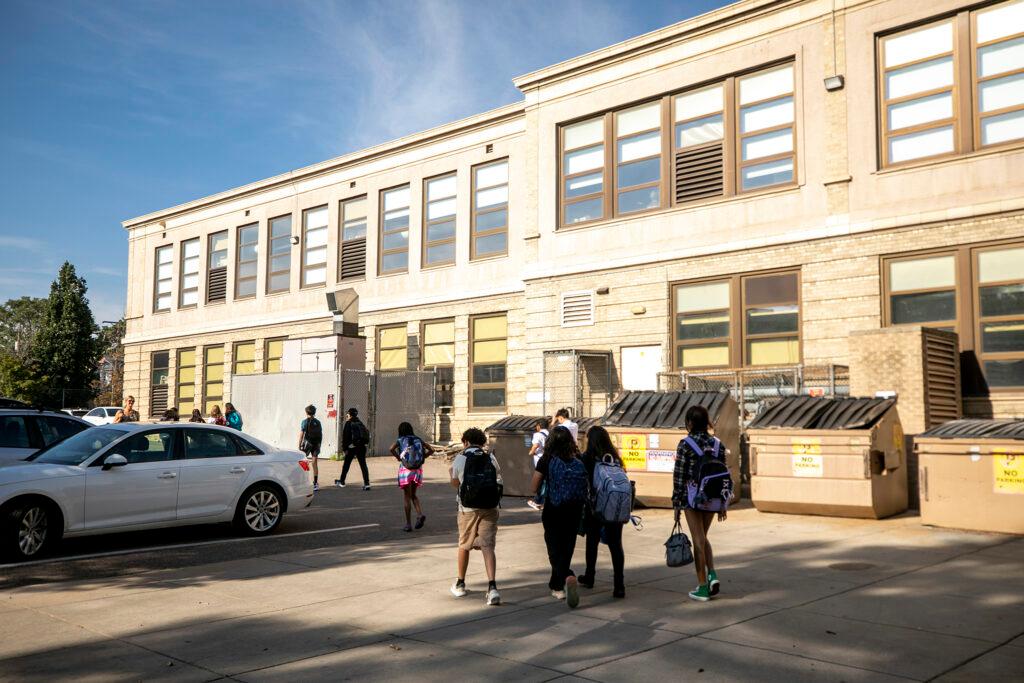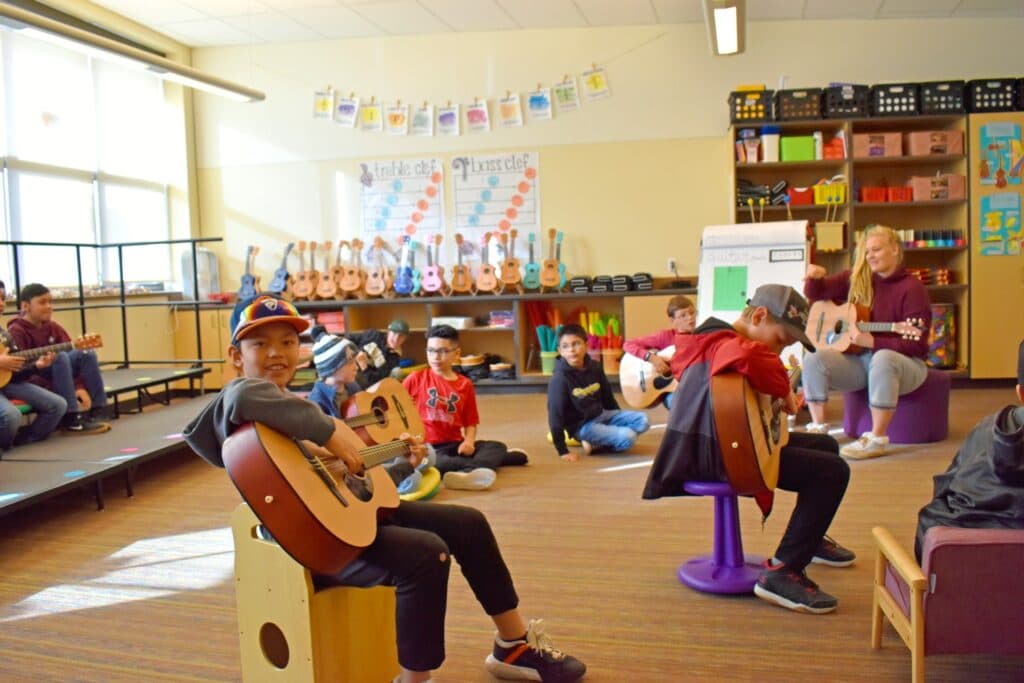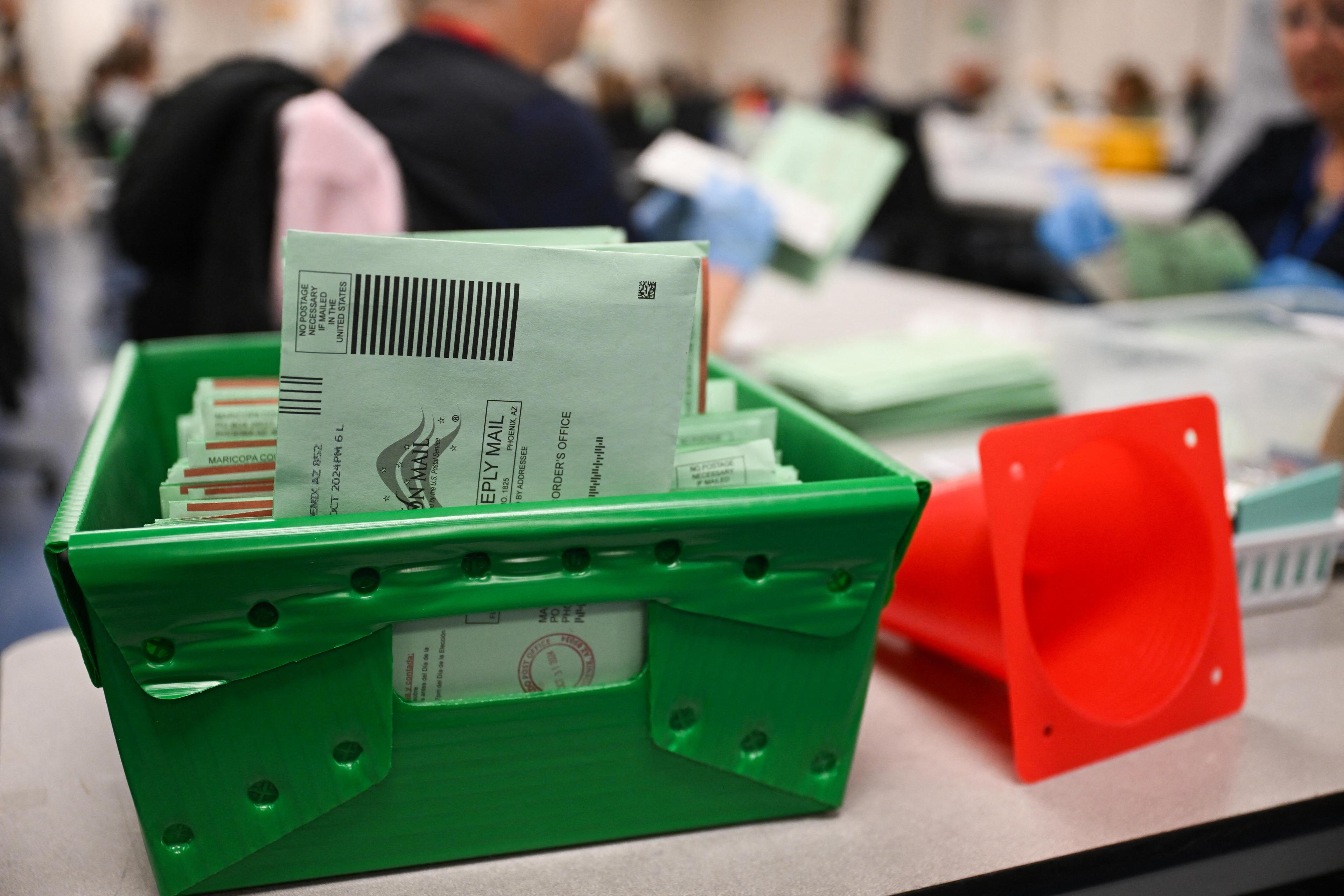
New attendance data shows more Colorado students went to school last year and chronic absenteeism rates dropped 3.4 points. Seventy percent of districts improved attendance.
But officials say the numbers of kids regularly out of school are still too high. Nearly 28 percent of students missed more than 10 percent of school. State officials launched a campaign Thursday with a goal of cutting chronic absenteeism in half by the end of the 2026-27 school year.
The campaign, called “Every School Day Matters!” will include a virtual statewide attendance resource hub, increased training and resources for educators and school leaders, and a guidebook for school and district leaders. The department is also providing communications tools for school districts and an attendance tracking calendar in English and Spanish for families.
"While we've made progress this year, our focus remains on the important work of ensuring that every student is in school every day, closing the attendance gaps, and supporting educators to help students be successful," said Susana Córdova, Commissioner of the Colorado Department of Education.
Before the pandemic, about 23 percent of students were chronically absent. After the pandemic, many Colorado students got out of the habit of going to school regularly. By the 2021-22 school year, the rate was 35 percent, an all-time high. In 2022-23, Colorado had the fifth-highest rate of chronically absent students in the nation. Colorado has shown steady improvement, but there are still big gaps between student groups.
Much higher rates for students of color and low-income students
The chronic absenteeism rate for Hawaiian/Pacific Islander students is 50 percent, Hispanic students account for 37 percent, and Black students are at 33 percent. Those compared to white students are 21 percent and Asian students are 17 percent. Students struggling with homelessness had the highest chronic absenteeism rate at 56 percent, and low-income students at 38 percent.
Across grade levels, chronic absenteeism has a U-shaped trend. Kindergarten has high absenteeism; attendance is best in grades fourth and fifth and then absenteeism creeps up again in the high school years.
Even missing a couple of days here and there can cause students to fall behind on their reading skills, said Córdova. The vast majority of chronically absent kids are not reading on grade level by third grade. In middle school, they're at greater risk of not successfully transitioning into high school and dropping out.
“You can't grow academically if you're not in school,” said Córdova.
The reasons students stay home from school can vary from mental health struggles, minor illnesses, avoiding a bully, working to help support family, lack of clean clothes, finding school boring or simply failing to see the point of regular attendance. Many families, too, are still confused about how sick is too sick to keep children home.
The commissioner said Colorado has the second-highest work-from-home rate in the country.
“I have a wondering about whether or not that's changed parents’ behaviors about getting out of the house to get their kids to school on a regular basis,” she said.
The campaign will focus on how to change some of the patterns and habits from the pandemic.
How did the districts that cut chronic absenteeism do it?
Alamosa school district cut its chronic absenteeism rate by 5 points last year. Using federal dollars, it hired family liaisons who created a monthly meeting of community partners like the hospital, the Boys and Girls Club, and the mental health center. One of their topics was truancy.
The group devised a slogan “Every day matters” and began working with a media/graphics company.
“With our community partners, we started brainstorming and they said, ‘I'll reach out to the local Domino's Pizza to see if they could put a sticker on their box ... I'll go to the local coffee shop to see if they could put it on their cups ... We'll go to the newspaper,’” said Luis Murillo, the district’s assistant superintendent. “We were able to really get the message out that every day matters.”


The district has also taken school registration on tour. School officials realized because school registration was digital, some families weren’t able to register. The week before school the community group and school officials organize a tent fair — complete with free haircuts, backpacks, barbecue — and help registering for school.
“We all came together to make sure that our kids were fully ready to go for that first day of school,” said Murillo. “It’s been a real effort to work on our attendance and we're happy to see it pay off.”
Durango school district has seen a 7-point decrease over two years by focusing on relationships, building feelings of belonging and connectedness, and conducting empathy interviews to “to determine the root causes of why students are absent and created plans that are individualized for students and schools,” said Johann Liljengren, director of dropout prevention and student reengagement at the Colorado Department of Education.
The district also has identified clear pathways for high school students so they can see their future.
Meanwhile, attendance in Colorado (as distinguished from chronic absenteeism) increased by 0.7 percentage points to 91.5 percent in 2023-24. That puts it at 91.5 percent. Before the pandemic, it was 92.8 percent.
Bright spots in attendance were Garfield County RE2 which increased attendance by 2.1 percent. The Aguilar school district increased by 1.3 points.
“They did this by creating a culture of joy where kids and teachers love being in school,” said Liljengren.
The state’s new goal will require an additional 30,000 students each year to attend classes more regularly. Chronic absenteeism will need to be cut by 3 percent to 4 percent each year.
- The new school year welcomes back old teachers, new teachers, students and colorful shoes
- Elizabeth School District latest in Colorado to enact book ban despite new poll showing most Americans support public schools’ selection of books
- The 2024 Colorado standardized test scores are in. Here are 5 key takeaways



